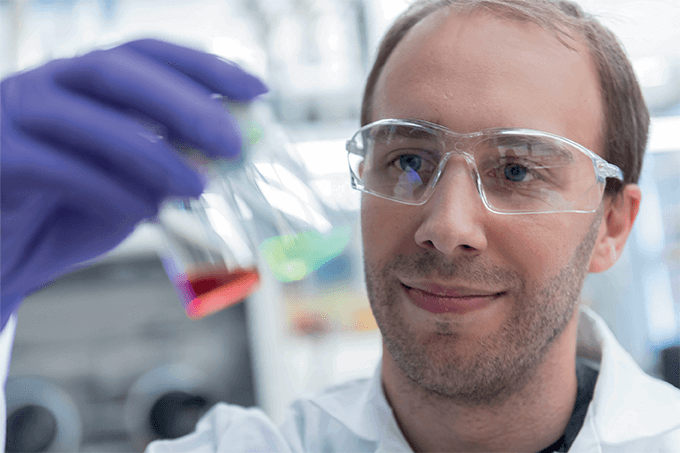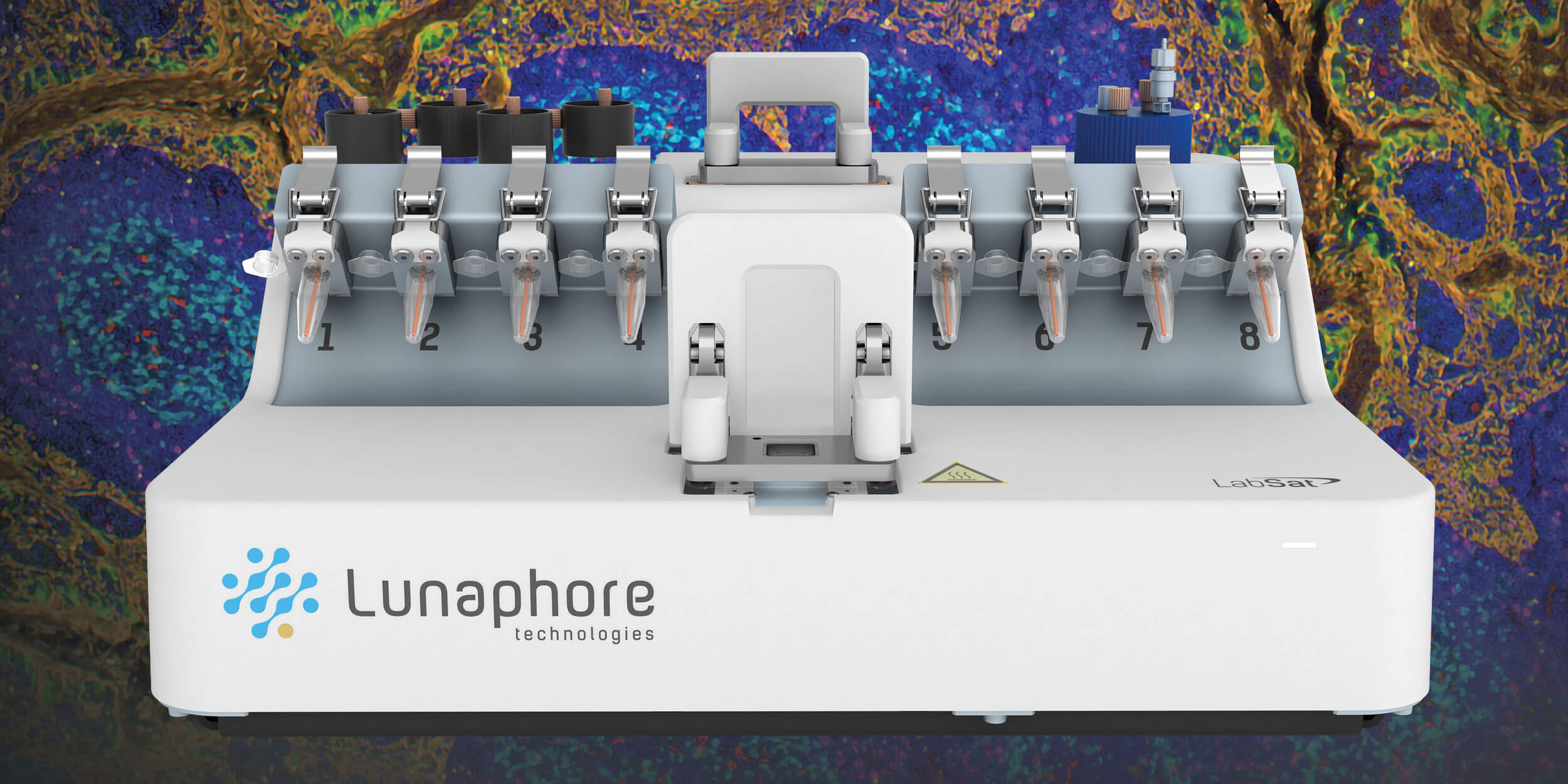
The Relentless Cancer Researcher
Sitting Down With… Ingun Holen, Professor of Bone Oncology at the University of Sheffield Medical School, Sheffield, UK.
How did you find your way into bone oncology?
After I obtained my PhD from the Norwegian Radium Hospital (NRH) in Oslo in 1995, it was clear to me that there was always going to be something new to explore in cancer research. And, because it’s such a common set of diseases, I thought it would be fantastic to make any kind of impact. I was up for a challenge, so I decided to focus on the worst-case scenario: metastasis – a deadly and unresolved problem. Though we’re pretty good at treating (early stage) organ-confined disease, metastatic cancer is generally incurable. We’re starting to make inroads with new therapies but, if the disease spreads, the majority of cancer patients face a limited lifespan.
When I came to the UK, I joined a lab in Sheffield with an interest in bone biology and treating pathological bone loss. I’d always been interested in the extracellular matrix – the weird side of biology that doesn’t capture everyone’s imagination – and so here I was able to combine my passion for cancer with an interest in matrix biology. Sheffield had a track record of developing bone-targeted agents, and they wanted to do more in the field of cancer; my job was to build up research in this area.
Where did you begin?
Initially, we focused on established disease – cancer that had already colonized the skeleton and developed into large secondary tumors that were destroying the surrounding bone. To reduce tumor growth in the skeleton, we studied how best to combine chemotherapy with bone targeted agents, to see if we could find a better way of using the weaponry we already had in the arsenal. This route did take us forward, but only with limited success; for example, we did find ways of combining drugs so that they worked better than when they were used randomly. However, we were never able to cure mice of their cancer; we were only able to slow down disease progression.
So you shifted focus?
Right. Although slowing progression is clearly valuable, it simply didn’t feel “good enough.” And so we started looking at how we could treat the problem earlier – which is particularly difficult with breast cancer. In these patients, we don’t know which patients will go on to experience recurrence years down the line, as there are no biomarkers or early detection systems. In animal models it was somewhat easier; technology had developed to a point where we could detect much smaller tumors in our animals than ever before. Today, we’re able to detect single cancer cells, which allows us to look at the biology of those very early stages of tumor cell colonization of the skeleton, and also to monitor therapeutic responses. We can isolate these individual tumor cells and study them in more detail; for instance, mapping their gene expression. In short, our research focus has shifted from the very late to the very early stages of bone metastases.
How close are you to translating your research to the clinic?
Influencing the early stages of progression in patients is really quite difficult; what we can detect in our animals, we can’t yet detect in people. We can collect bone marrow samples and, in many cases, tumor cells will be present – but we know that only a proportion of those patients will go on to develop secondary disease. We understand that the act of tumor cells simply reaching the bone microenvironment is not enough for them to be able to form new and deadly colonies. In the majority of cases, the tumor cells stay dormant. Unfortunately, in other cases, they appear to “wake up” again and start proliferating to form new tumors. We know this happens in patients, and we can now mimic the problem in mice – and that gives a direction to head in. In humans, we would likely have to look at outcomes after 10–15 years of treatment, which is a particular translational challenge of this so-called micro-metastatic disease.
So serious challenges lie ahead...
I keep saying to my students: all the easy stuff has been done, but we cannot be put off by the size of the problem. In breast cancer, helping the 20 percent of patients who die from their disease is the most difficult nut to crack. But there is hope: we are now in an era where completely new ways of thinking about cancer are arising. Although immunotherapy hasn’t been a roaring success in breast cancer just yet, we are understanding more and more about how to harness the power of the immune system, and so I’m sure we will find ways of making breast tumors more immunogenic. Also, CDK4/6 inhibitors have made a big difference for some patient groups. As long as we manage to keep the pipeline of new agents with new mechanisms of action flowing, then I am optimistic. If I thought it was completely hopeless, I honestly don’t think I would be able to work in this field.
How optimistic are you about the future?
New agents are coming online, and new combinations are now possible, so it’s an exciting (albeit challenging) time to be exploring the field. We will be able to adapt new technologies that allow us to track increasingly small tumors in patients, which will, in turn, increase our ability to detect spread early. We are now splitting each individual cancer into many subtypes (based on their molecular profiles). Therapeutics against specific targets expressed by those subtypes allows more personalized treatment based on patient stratification. In simple terms, I think we will get much better at selecting the right treatments for the right patients. And that’s not just about improving patient outcomes; there are also other elements, such as reducing unnecessary side effects and healthcare costs. There’s no point giving expensive drugs (and any resulting side effects) to all patients, when we know that only a subset of the patient population will respond. Right now, highly personalized cancer therapy is not available for all patients, as we simply don’t have enough molecularly-targeted agents in our arsenal – but they are coming.
How do we maintain momentum?
Collaboration is essential in translational cancer research. To move forward, we need a special trio of the patient, the scientist and the clinician working together. For example, unless patients consent to trials, we cannot translate our research findings into new and improved therapies. And the key to being a successful translational scientist is forming close collaborations with clinical colleagues. Finally, we need new, talented researchers entering into the field. Over the next few years, I will be working hard to make sure that I inspire and support the next generation of scientists, who will hopefully do a much better job than I have! We must keep plugging away at those difficult-to-treat cancer subtypes. And, specifically in my field, we must continue to try improving outcomes for that last 20 percent of breast cancer patients who still die from their disease.
















